Your cart is currently empty!
Tag: Maintenance
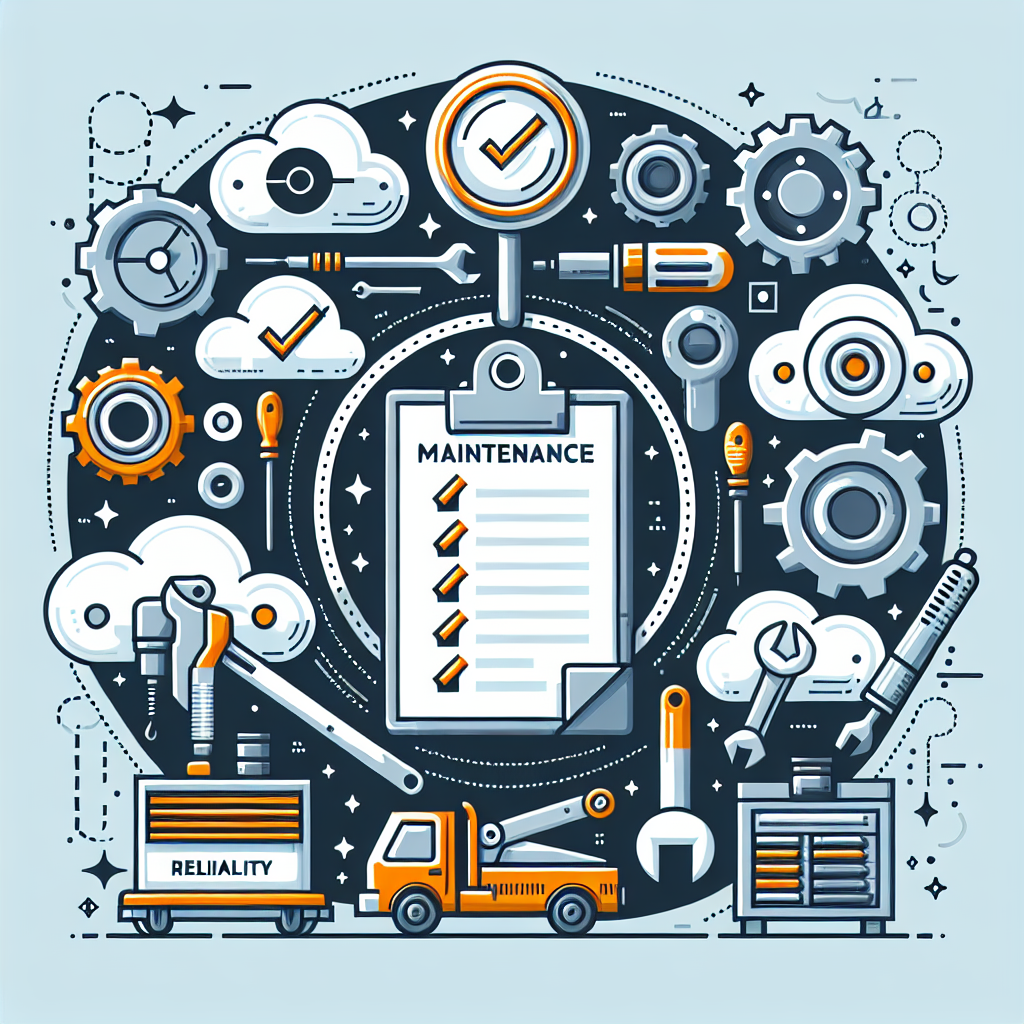
Proactive Maintenance Strategies to Improve Equipment Reliability
Proactive Maintenance Strategies to Improve Equipment ReliabilityIn today’s fast-paced industrial landscape, equipment reliability is crucial for ensuring smooth operations and minimizing downtime. Proactive maintenance strategies can help companies improve the reliability of their equipment and avoid costly breakdowns. By implementing these strategies, businesses can optimize their maintenance processes, increase productivity, and extend the lifespan of their equipment.
One of the key proactive maintenance strategies is predictive maintenance, which involves using data and analytics to predict when equipment is likely to fail. By monitoring key performance indicators such as temperature, vibration, and oil analysis, maintenance teams can identify potential issues before they escalate into major problems. This allows companies to schedule maintenance activities at the most convenient time, preventing unexpected breakdowns and reducing downtime.
Another proactive maintenance strategy is preventive maintenance, which involves regularly inspecting and servicing equipment to prevent issues from arising. By following a predefined maintenance schedule, companies can identify and address potential problems before they impact operations. This can include tasks such as lubricating moving parts, replacing worn components, and cleaning filters. Preventive maintenance helps prolong the lifespan of equipment, improve performance, and reduce the risk of costly repairs.
In addition to predictive and preventive maintenance, companies can also benefit from implementing reliability-centered maintenance (RCM) strategies. RCM focuses on identifying the most critical components of equipment and developing maintenance strategies to ensure their reliability. By prioritizing maintenance activities based on the impact on operations, companies can allocate resources more effectively and maximize the performance of their equipment.
Furthermore, adopting a proactive maintenance culture within the organization is essential for achieving long-term reliability improvements. This involves creating a mindset that values preventive maintenance and continuous improvement, as well as providing training and resources to support maintenance teams. By fostering a culture of proactive maintenance, companies can empower their employees to take ownership of equipment reliability and work together to achieve common goals.
Overall, proactive maintenance strategies are essential for improving equipment reliability and maximizing operational efficiency. By implementing predictive, preventive, and reliability-centered maintenance strategies, companies can reduce downtime, increase productivity, and extend the lifespan of their equipment. By fostering a proactive maintenance culture within the organization, businesses can create a sustainable framework for maintaining equipment reliability and achieving long-term success.

The Benefits of Proactive Maintenance in Industrial Settings
Proactive maintenance in industrial settings is a key strategy that can help companies avoid costly downtime, increase productivity, and improve overall efficiency. Unlike reactive maintenance, which involves fixing things only after they break down, proactive maintenance focuses on preventing issues before they occur. By regularly inspecting equipment, identifying potential problems, and taking corrective action early on, companies can save time and money in the long run.One of the main benefits of proactive maintenance is increased equipment reliability. By regularly monitoring and maintaining equipment, companies can prevent unexpected breakdowns and extend the lifespan of their machinery. This can lead to fewer disruptions in production, improved safety for workers, and a more consistent output of high-quality products.
Proactive maintenance also helps companies save money in the long run. While it may require an upfront investment of time and resources, the cost of regular maintenance is typically much lower than the cost of repairing or replacing equipment that has failed. By identifying and addressing issues early on, companies can avoid costly emergency repairs and minimize the risk of production delays.
Additionally, proactive maintenance can improve overall efficiency and productivity in industrial settings. By keeping equipment in optimal condition, companies can ensure that it operates at peak performance levels, leading to increased output and reduced downtime. This can help companies meet production deadlines, fulfill customer orders on time, and maintain a competitive edge in the market.
Furthermore, proactive maintenance can also improve safety in industrial settings. Regular inspections and maintenance can help identify potential safety hazards before they cause harm to workers or damage to equipment. By addressing these issues proactively, companies can create a safer work environment for their employees and reduce the risk of accidents and injuries.
In conclusion, proactive maintenance is a crucial strategy for companies operating in industrial settings. By regularly inspecting and maintaining equipment, companies can increase reliability, save money, improve efficiency, and enhance safety in the workplace. Investing in proactive maintenance can lead to long-term benefits for companies, including increased productivity, reduced downtime, and a competitive advantage in the market.

How Proactive Maintenance Can Improve Safety and Compliance in Your Facility
Proactive maintenance is essential for ensuring the safety and compliance of a facility. By taking a proactive approach to maintenance, facilities can reduce the risk of accidents and ensure that all equipment and systems are operating efficiently and in compliance with regulations.One of the key benefits of proactive maintenance is that it allows facilities to identify and address potential issues before they become major problems. By regularly inspecting equipment and systems, facilities can catch issues early on and make repairs or replacements as needed. This can help prevent breakdowns and malfunctions that could pose a safety risk to employees or visitors.
Proactive maintenance also helps facilities stay in compliance with regulations and standards. By staying on top of maintenance tasks and keeping accurate records, facilities can demonstrate to regulatory agencies that they are taking the necessary steps to ensure safety and compliance. This can help prevent fines and penalties for non-compliance and help maintain a positive reputation in the industry.
In addition to improving safety and compliance, proactive maintenance can also lead to cost savings for facilities. By addressing issues early on, facilities can avoid costly repairs or replacements down the line. Regular maintenance can also help equipment and systems operate more efficiently, leading to lower energy costs and longer lifespans for equipment.
To implement a proactive maintenance program in your facility, consider the following steps:
1. Develop a maintenance schedule: Create a schedule for inspecting and maintaining all equipment and systems in your facility. Be sure to include regular inspections, cleaning, and lubrication tasks to keep equipment in good working order.
2. Train staff: Ensure that all staff members are trained on how to properly maintain equipment and perform routine maintenance tasks. This will help prevent accidents and ensure that maintenance is done correctly.
3. Keep accurate records: Keep detailed records of all maintenance tasks performed, including dates, tasks completed, and any issues or repairs made. This will help track the maintenance history of equipment and demonstrate compliance with regulations.
4. Stay informed: Stay up to date on industry regulations and standards to ensure that your facility is compliant. Regularly review maintenance procedures and make adjustments as needed to meet current requirements.
Overall, proactive maintenance is a crucial aspect of ensuring the safety and compliance of a facility. By taking a proactive approach to maintenance, facilities can reduce the risk of accidents, stay in compliance with regulations, and save money in the long run. Implementing a proactive maintenance program can help facilities operate more efficiently and effectively, leading to a safer and more compliant work environment.

The Top Tools and Techniques for Effective Proactive Maintenance
Proactive maintenance is a crucial aspect of keeping machinery and equipment running smoothly and efficiently. By implementing the right tools and techniques, businesses can prevent breakdowns and costly repairs, ultimately saving time and money in the long run. Here are some of the top tools and techniques for effective proactive maintenance:1. Predictive maintenance software: Predictive maintenance software uses data analytics to predict when a piece of equipment is likely to fail. By analyzing historical data and patterns, this software can help businesses anticipate maintenance needs before they become critical issues.
2. Condition-based monitoring: This technique involves monitoring the condition of equipment in real-time to detect any potential issues before they escalate. By using sensors and other monitoring devices, businesses can track factors such as temperature, vibration, and fluid levels to identify early warning signs of equipment failure.
3. Root cause analysis: When a piece of equipment fails, it’s essential to determine the root cause to prevent the issue from recurring. By conducting a thorough root cause analysis, businesses can identify the underlying factors contributing to the failure and implement corrective actions to address them.
4. Preventive maintenance scheduling: Preventive maintenance involves regularly scheduled maintenance tasks to keep equipment in optimal working condition. By creating a preventive maintenance schedule and sticking to it, businesses can minimize downtime and extend the lifespan of their machinery.
5. Training and education: Proper training and education are essential for effective proactive maintenance. By ensuring that maintenance staff are well-trained on equipment operation and maintenance procedures, businesses can prevent operator errors and ensure that machinery is properly maintained.
6. Spare parts management: Having a well-stocked inventory of spare parts is crucial for proactive maintenance. By keeping essential spare parts on hand, businesses can quickly address equipment failures and minimize downtime.
7. Equipment performance tracking: Monitoring the performance of equipment over time can help businesses identify trends and patterns that may indicate potential maintenance needs. By tracking key performance indicators, businesses can proactively address issues before they escalate.
In conclusion, implementing the right tools and techniques for proactive maintenance is essential for keeping equipment running smoothly and efficiently. By using predictive maintenance software, condition-based monitoring, root cause analysis, preventive maintenance scheduling, training and education, spare parts management, and equipment performance tracking, businesses can prevent breakdowns and costly repairs, ultimately saving time and money. By prioritizing proactive maintenance, businesses can ensure the longevity and reliability of their machinery and equipment.

The Role of Predictive Technology in Proactive Maintenance Plans
Predictive technology is revolutionizing the way maintenance is performed in various industries. By utilizing data and analytics, predictive technology can identify potential issues before they occur, allowing for proactive maintenance plans to be implemented. This proactive approach helps to minimize downtime, reduce costs, and increase overall efficiency.One of the key benefits of predictive technology in proactive maintenance plans is the ability to predict when equipment is likely to fail. By analyzing data such as temperature, vibration, and pressure levels, maintenance teams can identify patterns that indicate a potential issue. This allows them to schedule maintenance tasks before a failure occurs, preventing costly breakdowns and unplanned downtime.
Another important role of predictive technology in proactive maintenance plans is the ability to optimize maintenance schedules. By analyzing historical data and real-time information, maintenance teams can prioritize tasks based on the criticality of the equipment and the likelihood of failure. This ensures that resources are allocated efficiently and that maintenance is performed at the most opportune times.
Predictive technology also enables maintenance teams to make data-driven decisions about when to replace or repair equipment. By monitoring the condition of assets over time, maintenance teams can determine the most cost-effective course of action. This helps to extend the lifespan of equipment and maximize ROI.
In addition to preventing breakdowns and optimizing maintenance schedules, predictive technology can also improve overall equipment performance. By monitoring key performance indicators and identifying areas for improvement, maintenance teams can make proactive adjustments to maximize efficiency and reduce energy consumption.
Overall, the role of predictive technology in proactive maintenance plans is essential for ensuring the reliability and longevity of equipment. By leveraging data and analytics, maintenance teams can identify potential issues, optimize maintenance schedules, and improve equipment performance. This proactive approach not only reduces costs but also enhances operational efficiency, making predictive technology a valuable tool for modern maintenance practices.
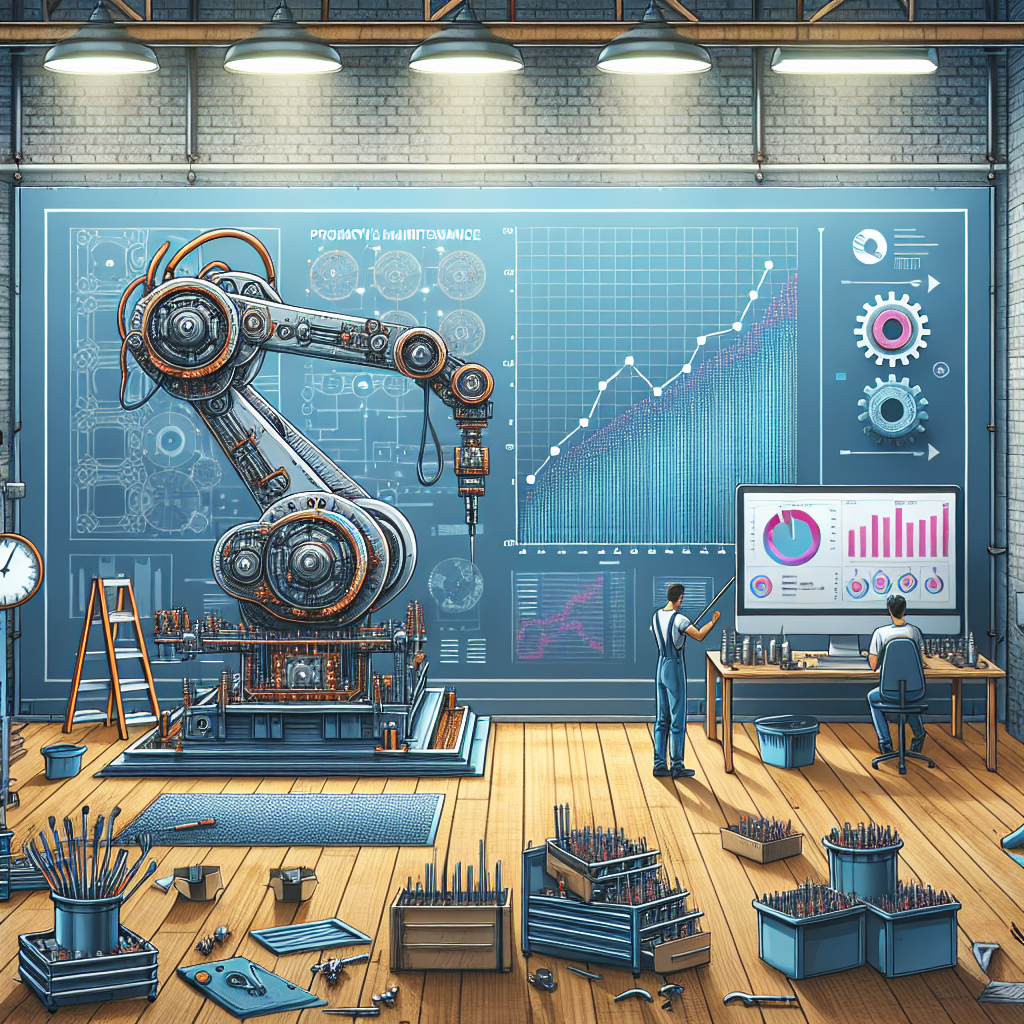
Maximizing Efficiency and Minimizing Downtime with Proactive Maintenance Strategies
In today’s fast-paced business environment, maximizing efficiency and minimizing downtime are essential for success. One way to achieve this is through proactive maintenance strategies. By implementing proactive maintenance measures, businesses can prevent equipment failures, increase productivity, and reduce unexpected downtime.Proactive maintenance involves regularly monitoring and inspecting equipment to identify potential issues before they escalate into costly problems. This proactive approach allows businesses to address maintenance needs in a timely manner, minimizing the risk of equipment breakdowns and unplanned downtime.
One key proactive maintenance strategy is implementing a preventive maintenance schedule. This involves performing routine maintenance tasks, such as cleaning, lubricating, and inspecting equipment, on a scheduled basis. By adhering to a preventive maintenance schedule, businesses can ensure that their equipment is in optimal condition and reduce the likelihood of unexpected breakdowns.
Another proactive maintenance strategy is predictive maintenance, which involves using technology to monitor equipment performance and predict when maintenance is needed. By analyzing data collected from sensors and monitoring systems, businesses can identify trends and patterns that indicate potential issues with equipment. This allows them to address maintenance needs before they result in downtime.
Additionally, implementing a proactive spare parts management system can help businesses minimize downtime by ensuring that they have the necessary parts on hand to quickly address equipment failures. By maintaining an inventory of critical spare parts and having a system in place to quickly order replacement parts when needed, businesses can reduce the time it takes to repair equipment and get it back up and running.
Overall, proactive maintenance strategies are essential for maximizing efficiency and minimizing downtime in today’s competitive business environment. By taking a proactive approach to maintenance, businesses can prevent equipment failures, increase productivity, and reduce the risk of unexpected downtime. Investing in proactive maintenance measures is a smart business decision that can ultimately lead to cost savings and improved operational performance.
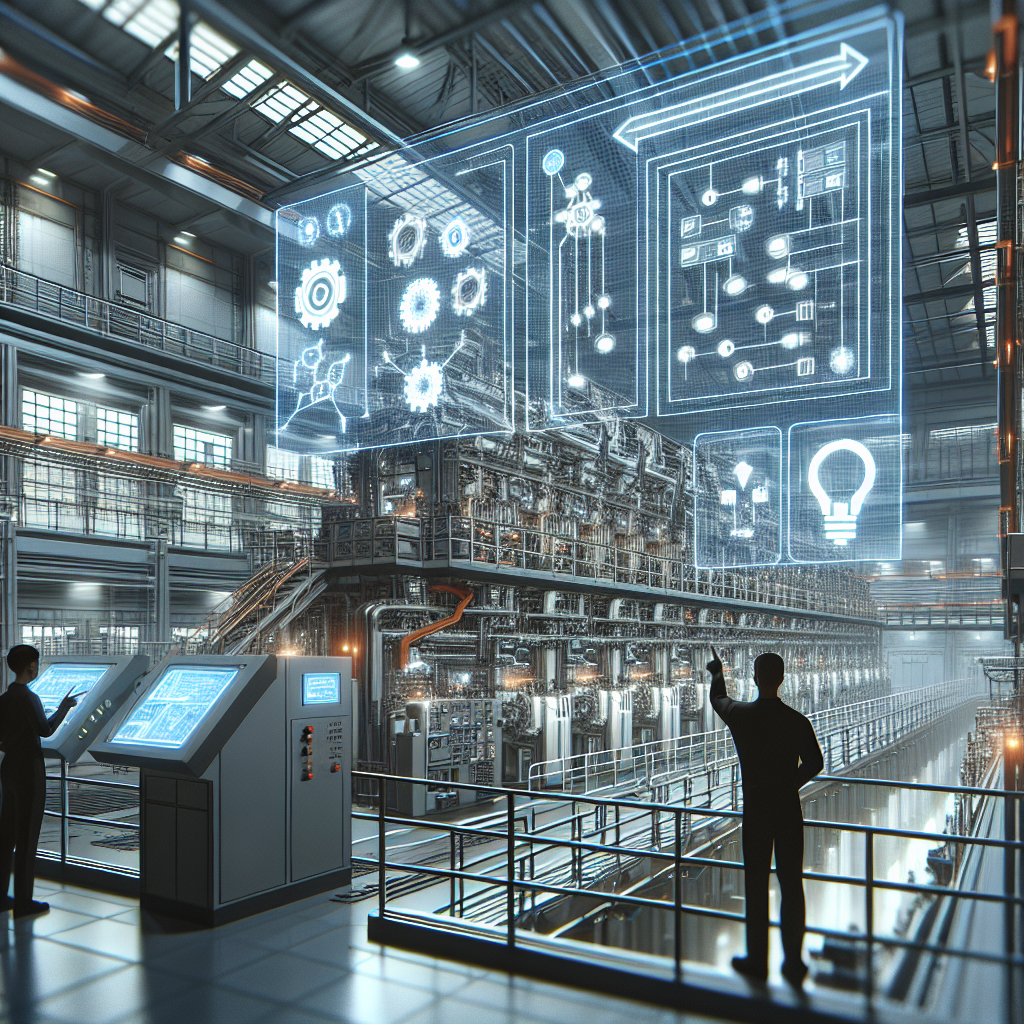
How to Implement a Successful Proactive Maintenance Program in Your Facility
Implementing a successful proactive maintenance program in your facility is essential for ensuring the smooth operation of equipment and preventing costly breakdowns. By taking a proactive approach to maintenance, you can extend the lifespan of your equipment, reduce downtime, and improve overall efficiency. Here are some tips to help you implement a successful proactive maintenance program in your facility:1. Develop a Maintenance Plan: The first step in implementing a proactive maintenance program is to develop a comprehensive maintenance plan. This plan should outline the maintenance tasks that need to be performed on a regular basis, as well as the schedule for carrying out these tasks. It should also include a list of all equipment in the facility, along with information about when each piece of equipment was last serviced and when it is due for its next maintenance check.
2. Conduct Regular Inspections: Regular inspections are essential for identifying potential issues before they escalate into major problems. Make sure to conduct thorough inspections of all equipment in your facility on a regular basis, and keep detailed records of any maintenance or repairs that are performed.
3. Use Predictive Maintenance Techniques: Predictive maintenance techniques, such as vibration analysis and thermal imaging, can help you identify potential issues with equipment before they cause a breakdown. By using these techniques to monitor the condition of your equipment, you can schedule maintenance tasks more effectively and prevent unexpected failures.
4. Train Your Staff: Properly trained staff are essential for the success of a proactive maintenance program. Make sure to provide training for your maintenance team on how to identify potential issues, perform maintenance tasks, and use predictive maintenance techniques. Encourage your staff to report any issues they notice during their regular inspections, and make sure to address these issues promptly.
5. Utilize Maintenance Management Software: Maintenance management software can help you track maintenance tasks, schedule inspections, and monitor the condition of your equipment more effectively. By using software to manage your maintenance program, you can streamline your processes, improve efficiency, and reduce the risk of equipment failures.
6. Analyze Data and Adjust Your Plan: Regularly analyze data from your maintenance program to identify trends and areas for improvement. Use this data to adjust your maintenance plan as needed, and make sure to continuously monitor the performance of your equipment to ensure that your proactive maintenance program is effective.
By following these tips, you can implement a successful proactive maintenance program in your facility and ensure the smooth operation of your equipment. Remember that proactive maintenance is a long-term investment in the health and efficiency of your facility, so it is important to stay committed to your maintenance plan and continuously improve your processes.
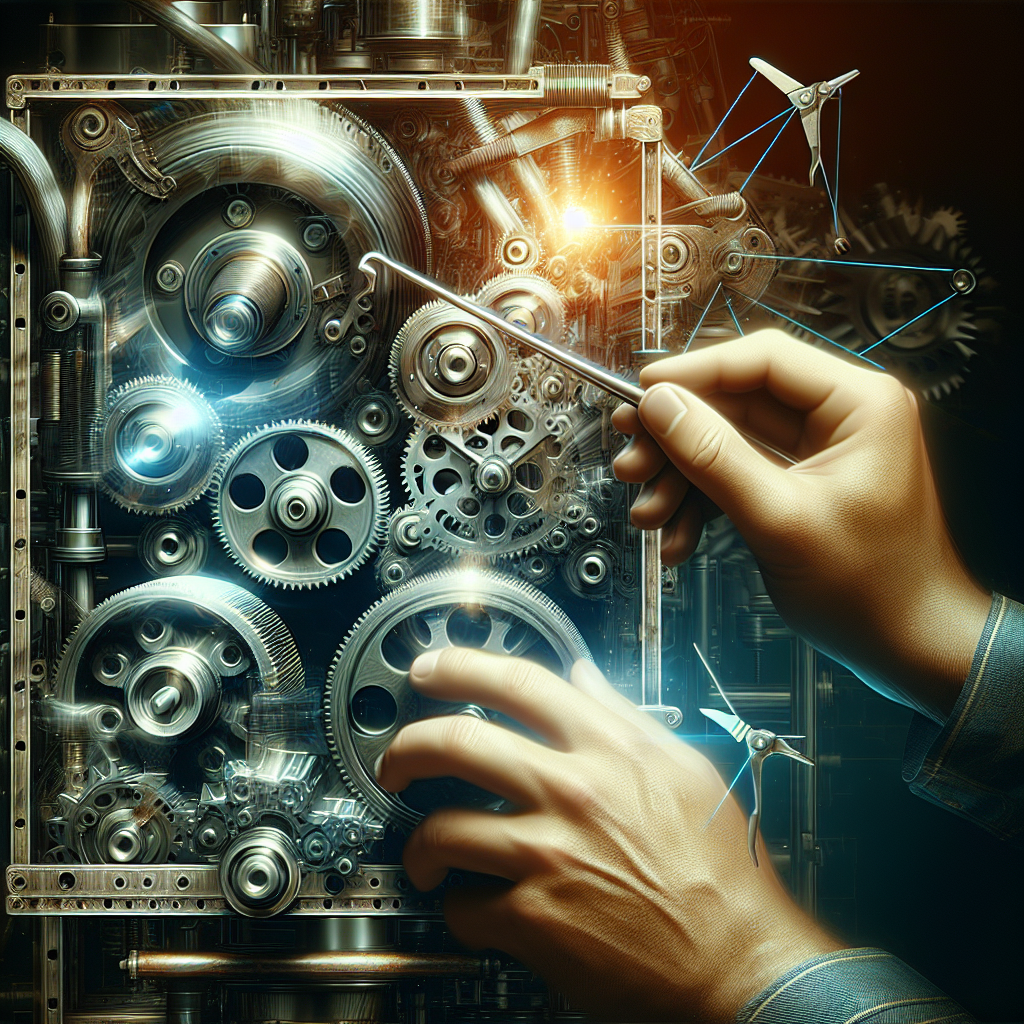
The Benefits of Proactive Maintenance in Preventing Costly Equipment Failures
Equipment failures can be a major headache for businesses, causing downtime, lost revenue, and costly repair bills. However, many of these failures can be prevented through proactive maintenance practices.Proactive maintenance involves regularly inspecting and servicing equipment before problems arise, rather than waiting for a breakdown to occur. This approach has numerous benefits for businesses, including:
1. Increased equipment reliability: By regularly maintaining equipment, businesses can catch small issues before they escalate into major problems. This can help prevent unexpected breakdowns and keep equipment running smoothly.
2. Extended equipment lifespan: Regular maintenance can help extend the lifespan of equipment, reducing the need for costly replacements. By properly caring for equipment, businesses can get more value out of their investments and avoid the expense of purchasing new equipment prematurely.
3. Improved safety: Faulty equipment can pose serious safety hazards for employees and customers. Proactive maintenance can help identify and address safety issues before they cause harm, creating a safer work environment for everyone.
4. Reduced downtime: Equipment failures can bring operations to a standstill, resulting in lost productivity and revenue. By proactively maintaining equipment, businesses can minimize downtime and keep operations running smoothly.
5. Cost savings: While proactive maintenance requires an upfront investment, it can ultimately save businesses money in the long run. By preventing costly repairs and replacements, businesses can reduce their overall maintenance costs and improve their bottom line.
In conclusion, proactive maintenance is a smart investment for businesses looking to prevent costly equipment failures. By conducting regular inspections and servicing, businesses can increase equipment reliability, extend equipment lifespan, improve safety, reduce downtime, and save money. Ultimately, proactive maintenance is a key strategy for ensuring the long-term success and sustainability of a business.
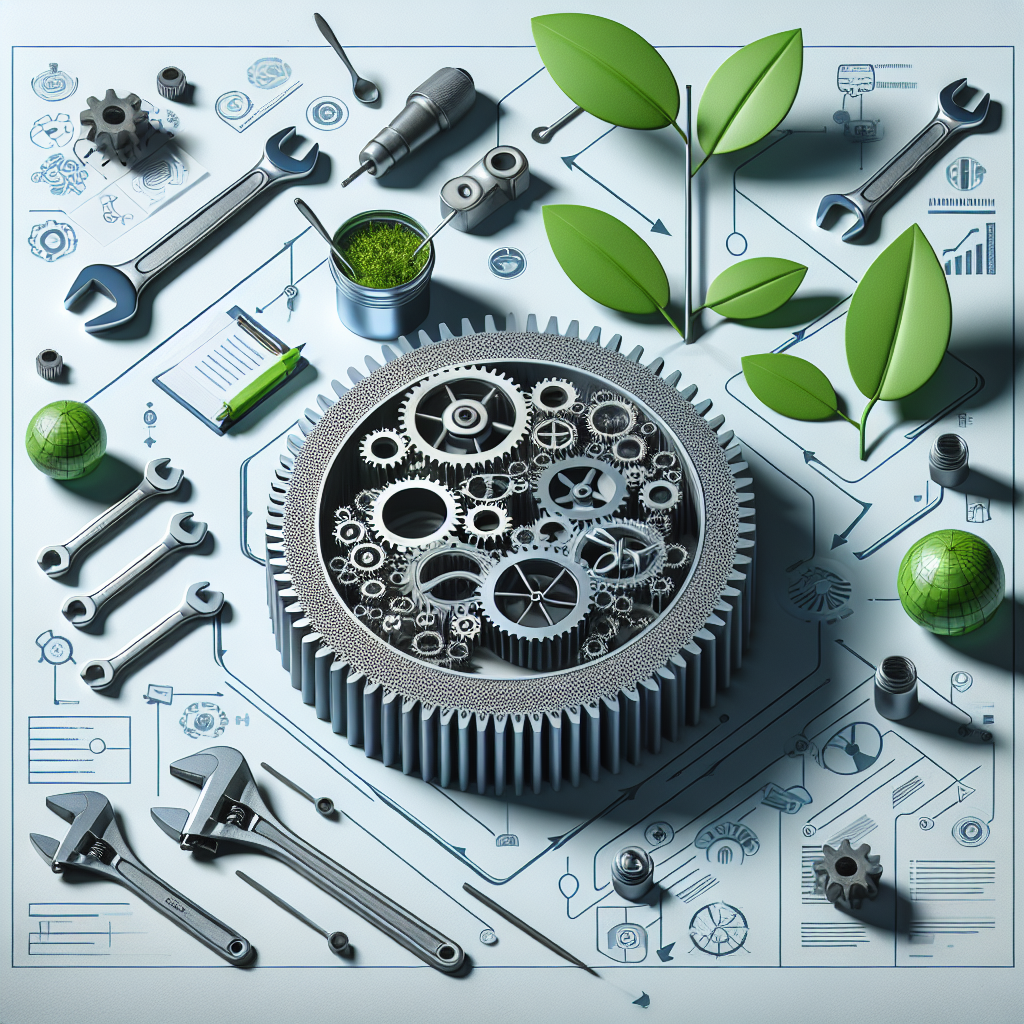
Proactive Maintenance: A Sustainable Approach to Asset Management
Proactive maintenance is a sustainable approach to asset management that focuses on preventing equipment failures before they occur, rather than reacting to them after they have already happened. By implementing proactive maintenance strategies, businesses can save time, money, and resources by avoiding costly repairs and downtime.One of the key benefits of proactive maintenance is that it helps extend the lifespan of assets. By conducting regular inspections, maintenance, and servicing, businesses can identify potential issues early on and address them before they escalate into more serious problems. This not only helps to prevent costly breakdowns but also ensures that assets are operating at peak efficiency.
Another advantage of proactive maintenance is that it can help improve overall operational efficiency. By keeping assets well-maintained and running smoothly, businesses can reduce the risk of unexpected downtime and disruptions to production. This can result in increased productivity, reduced waste, and improved customer satisfaction.
Proactive maintenance also plays a crucial role in ensuring workplace safety. By regularly maintaining equipment and identifying potential hazards, businesses can create a safer working environment for their employees. This can help prevent accidents and injuries, reduce liability risks, and ultimately protect the well-being of all personnel.
In addition to these benefits, proactive maintenance can also help businesses save money in the long run. By identifying and addressing issues early on, businesses can avoid costly repairs, replacements, and downtime. This can lead to significant cost savings over time and help businesses maintain a competitive edge in the marketplace.
Overall, proactive maintenance is a sustainable approach to asset management that can help businesses improve operational efficiency, extend the lifespan of assets, enhance workplace safety, and save money. By prioritizing preventive maintenance practices, businesses can ensure that their assets are well-maintained, reliable, and cost-effective in the long term.

